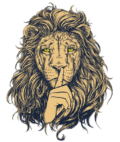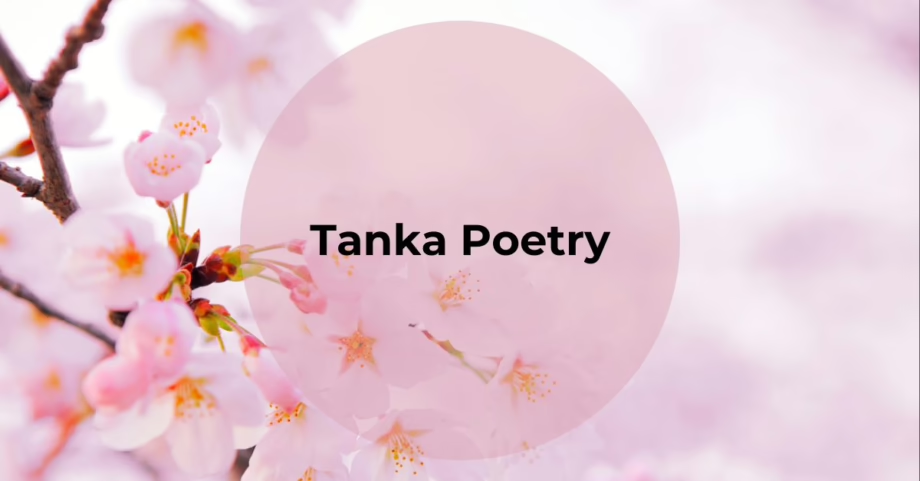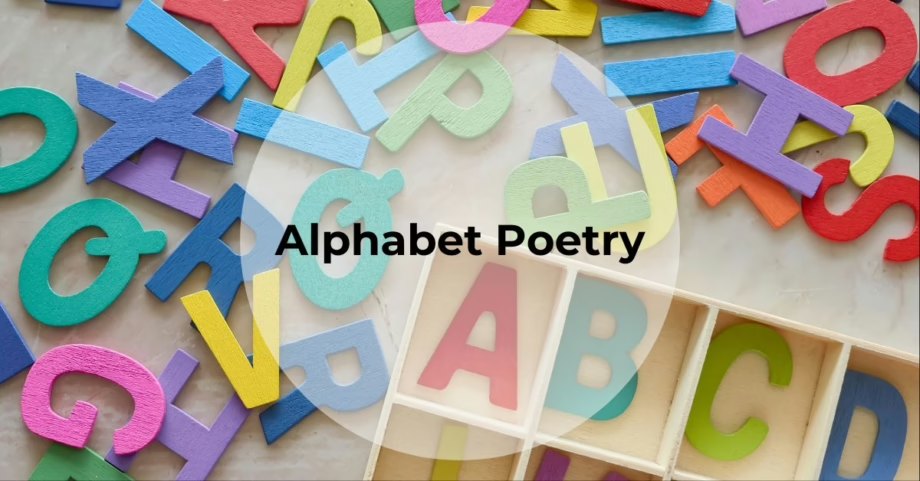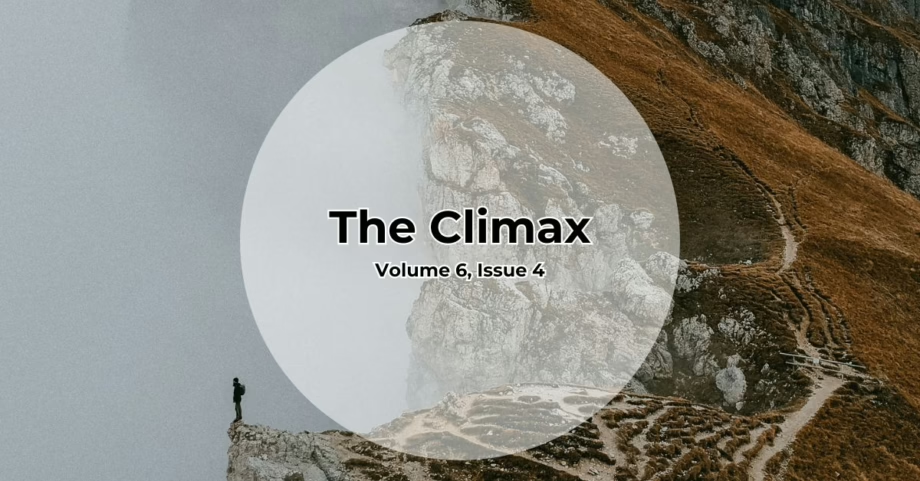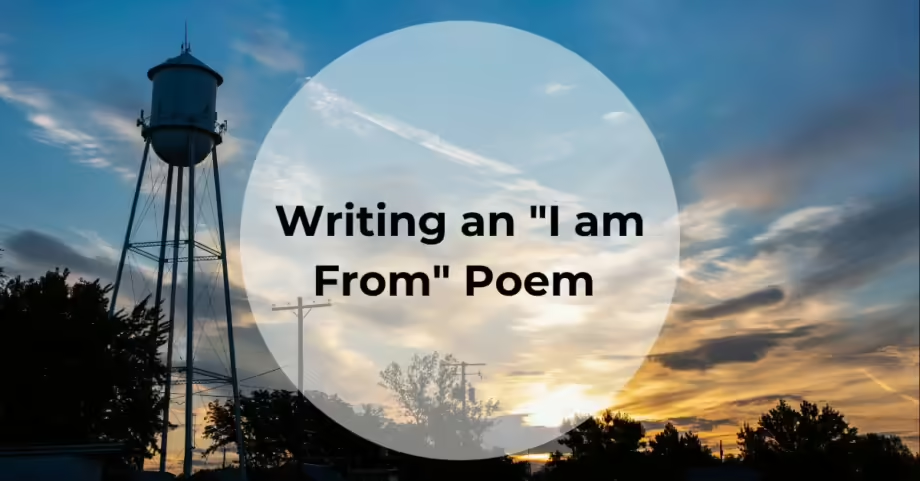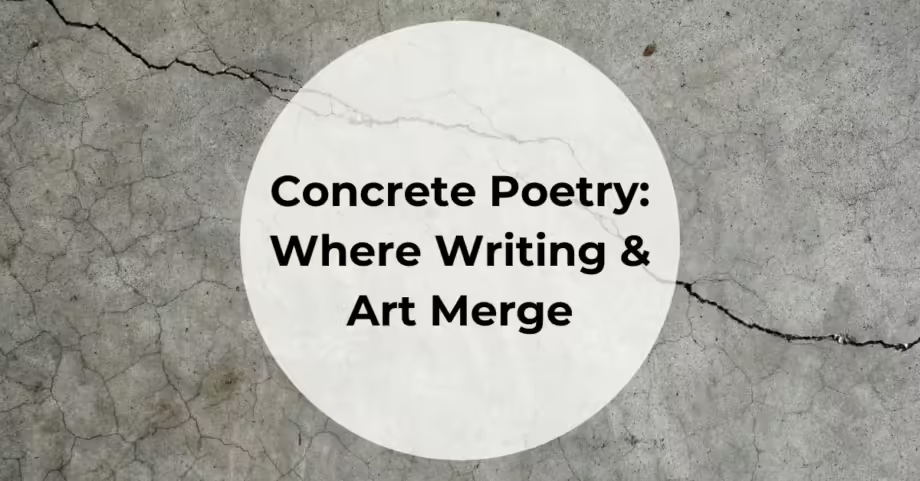Language is often adorned with unique gems known as onomatopoeia. These linguistic marvels not only mimic sounds but also resonate deeply within our consciousness, adding richness and texture to our expressions. In this exploration, we explore onomatopoeia, its definition, types of onomatopoeia, examples, and how to use this literary device in your writing.
What is Onomatopoeia?
Onomatopoeia is a literary device where words imitate the sounds they represent.
It’s the echo of a thunderclap in “boom,” the gentle patter of raindrops in “drip,” and the chirping melody of birds in “tweet.” These words bridge the gap between language and reality, allowing us to paint vivid auditory pictures with mere syllables.
Types of Onomatopoeia
- Direct Onomatopoeia: Words that closely resemble the sound they represent, such as “buzz” or “hiss.”
- Indirect Onomatopoeia: Words that evoke the essence of a sound without directly imitating it, like “whisper” or “murmur.”
- Phonetic Onomatopoeia: Words that use specific phonetic elements to convey sound, such as “clang” or “crunch.”
The historical roots of onomatopoeia trace back to ancient civilizations, where language evolved organically to capture the sounds of nature and human activity. Over time, these words have become embedded in our linguistic repertoire, enriching our communication with their expressive qualities.
Onomatopoeia Examples
From the playful “splash” of water to the ominous “thud” of a heavy object, onomatopoeic words permeate every facet of language. In literature and poetry, onomatopoeic words are potent tools for creating imagery and evoking emotions.
Direct Onomatopoeia Examples
- “Buzz” (the sound a bee makes)
- “Hiss” (the sound a snake makes)
- “Boom” (the sound of an explosion)
Indirect Onomatopoeia Examples
- “Whisper” (evoking the soft sound of speaking quietly)
- “Murmur” (representing the low, indistinct sound of many voices)
- “Sizzle” (suggesting the sound of something frying or cooking)
Phonetic Onomatopoeia Examples
- “Crunch” (the sound of biting into something crispy)
- “Splash” (the sound of something hitting or entering water)
- “Clang” (the sharp, metallic sound of objects striking together)
How to Use Onomatopoeia in Your Writing
Incorporating onomatopoeia into writing requires a delicate balance of creativity and restraint. Here are some tips to wield this literary device effectively:
Contextual usage: Select onomatopoeic words that align with the tone and atmosphere of your writing.
Sound representation: Pay attention to the nuances of sound and choose words that accurately capture the auditory experience. Learn more about sound devices in poetry here.
Impact on reader engagement: Use onomatopoeia to evoke sensory experiences and immerse readers in your narrative world.
By harnessing the power of onomatopoeia, writers can elevate their prose, creating vivid imagery that resonates with readers long after the words have faded from the page.
Onomatopoeia FAQs
How do you pronounce onomatopoeia?
Onomatopoeia is pronounced as “on-uh-mat-uh-PEE-uh.”
What’s the difference between personification and onomatopoeia?
Personification attributes human characteristics to non-human entities, while onomatopoeia involves words imitating the sounds they represent.
How is onomatopoeia different from alliteration?
Onomatopoeia imitates sounds directly, while alliteration involves the repetition of consonant sounds for rhythmic effect.
Conclusion
From the echoes of nature to the rhythms of human activity, onomatopoeia enriches our communication, infusing it with color and depth. As we embrace the playful spirit of onomatopoeia, let us revel in its creativity and celebrate its enduring legacy in the tapestry of language.
Looking for places to submit your writing? Explore our submissions here.
Fiction Book Sales Statistics (2025): A Writer’s Guide
Understanding the data behind fiction book sales isn’t just interesting trivia—it can shape how you…
Tanka Poetry: History, Structure, and How to Write Your Own
Tanka poetry is a traditional Japanese poetic form known for its brevity, emotional depth, and…
Alphabet Poetry: How to Craft Engaging Poems From A to Z
Alphabet poetry, sometimes called abecedarian poetry, is a fun form of creative writing that uses…
The Climax: Volume 6, Issue 4
I didn’t know what to expect when I started this magazine in 2018. A few…
I am From Poems & How to Write One
Poets often reflect on the places they came from. An origin poem, of sorts. Made…
Concrete Poetry: Where Writing & Art Merge
Writers always look for ways to push boundaries, combining forms and experimenting with genres. Concrete…
